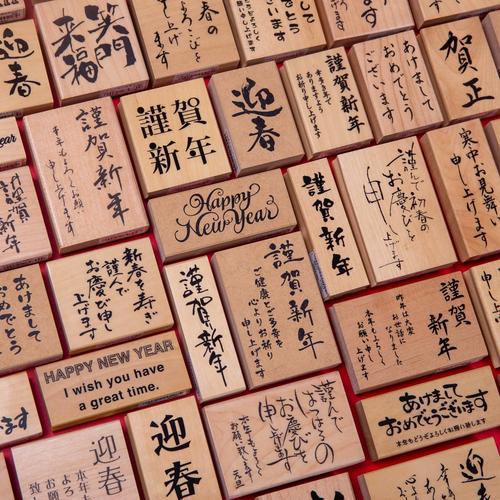Address
大阪市住之江区粉浜西3-7-18
The Essential Guide to Obtaining and Using a Hanko in Japan

What are the rules for a hanko?
The sole criterion for the inscription on a hanko is that it must include at least a portion of your name. The inscription can range from your full name, just your surname, or even solely your given name. It is impermissible to register a hanko with characters not found in your name; hence, if you were considering adopting an intricate 20-stroke kanji that phonetically resembles your name for your hanko, such a design is likely to be disallowed. You have the option to engrave your name in either the Latin alphabet or katakana. Should you opt for katakana, it is imperative to ensure that a katakana rendition of your name is officially registered, possibly on the reverse of your residence card, to avoid rejection by the municipal office.
For security purposes, particularly to diminish the risk of forgery, it is customary for Japanese individuals to inscribe their full names on their hanko. However, for non-Japanese names that typically consist of more characters than the standard 4-to-5 character Japanese name, and given the constraints on space, it may be more practical to inscribe only your surname or a combination of your first and last names.
The hanko must adhere to specific dimensional requirements, with its diameter ranging from 8 mm to 25 mm. A 25 mm diameter hanko is quite large and might not fit on forms designed for smaller stamps. Generally, a 13.5 mm hanko can accommodate two rows of three characters, whereas a 16.5 mm hanko can fit two rows of five characters. Visiting a local hanko shop might yield a creative solution, as skilled artisans may be able to maximize the available space for additional characters.
What’s the process and how much does it cost?
Local shops that sell hanko, which is called Hankoya, used to be a fixture of every neighborhood of Japan, but with chains taking over and a lot of the ordering now happening online, Hankoya are more difficult to find than they used to be.
The ordering process begins with selecting the material for your hanko. The price starts as low as ¥2,047 for the smallest, most economical wooden hanko, and can escalate into the tens of thousands of yen for premium materials such as silver or titanium.
After choosing the material, you select the size and then the typeface for the hanko. The traditional, intricate characters often used on hanko may not suit the katakana script as well. You then input the characters you wish to appear on the hanko and can opt to review a draft design before finalization. A variety of payment methods are available, including the convenient pay-upon-delivery option for those without a Japanese credit card.
Upon receiving your hanko, take it along with either your residence card or your “My Number card” to the inkan registration section of your local city office. Fill out a simple form and pay ¥50 for your inkan registration card and your process is complete!
What to do when you lose your hanko?
Your hanko wields the authority of a signature, so if it’s stolen, it’s imperative to report the theft to the police and invalidate the hanko at your local city office. For the invalidation process, you’ll need to present either your residence card, “My Number” card, or your existing inkan card. There is no charge for this cancellation service.
If you’ve lost your hanko, then you should order a new one before visiting your city office. There, officials will require you to complete paperwork to retire your old inkan and then another to register the new one. Since the inkan card is linked to your hanko, you will need to get a new one, which incurs a small fee of ¥50.
This also highlights the benefit of not using the same hanko for your banking. If your lost hanko was previously registered with your bank, you would have to visit each financial institution to update your records with the new one. This is a compelling reason to consider relying on your signature for certain transactions.
How can I get a high quality hanko?
So, what if you really need an official seal, but you are not willing to waste tons of money on it you ask? Well, namestamp.jp is the answer.
Our website offers you a personalized hanko service. Here, you can inform us of the content you need, choose your preferred font and seal material.We will complete the manufacturing of the hanko within the timeframe you ask and send it to you.
In addition to the above traditional services, here are our special offerings:
- We have researched the allowances of various municipal governments regarding the registration of hanko by foreigners. We have designed an automatic hanko designer that meets the requirements for foreigners.
- We can provide a custody service for our guests. If a guest has already customized a seal before coming to Japan, we will keep it at a Japanese address on their behalf. Once the guest arrives in Japan and informs us of their address, we will send it via express courier that can arrive the next day.
- When you go to the local city office to register your seal, we will prepare translations of commonly used phrases so that you can interact with the staff without any difficulty.